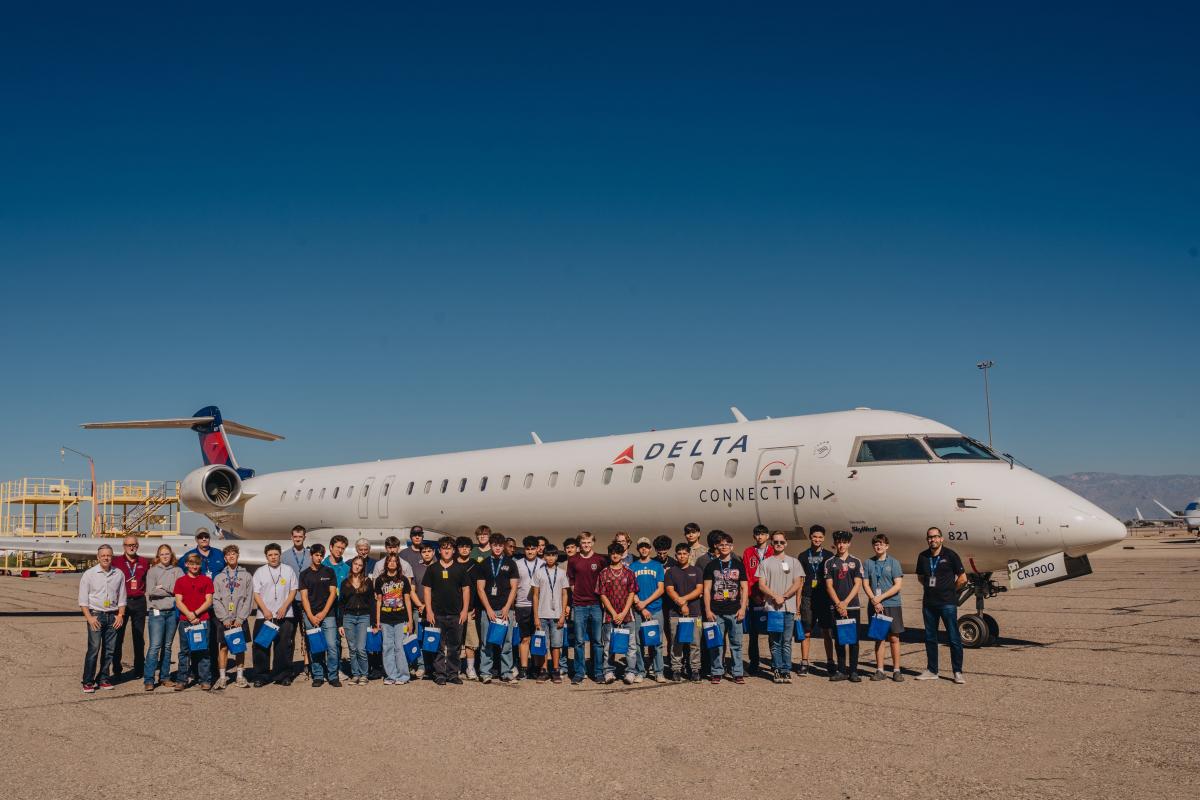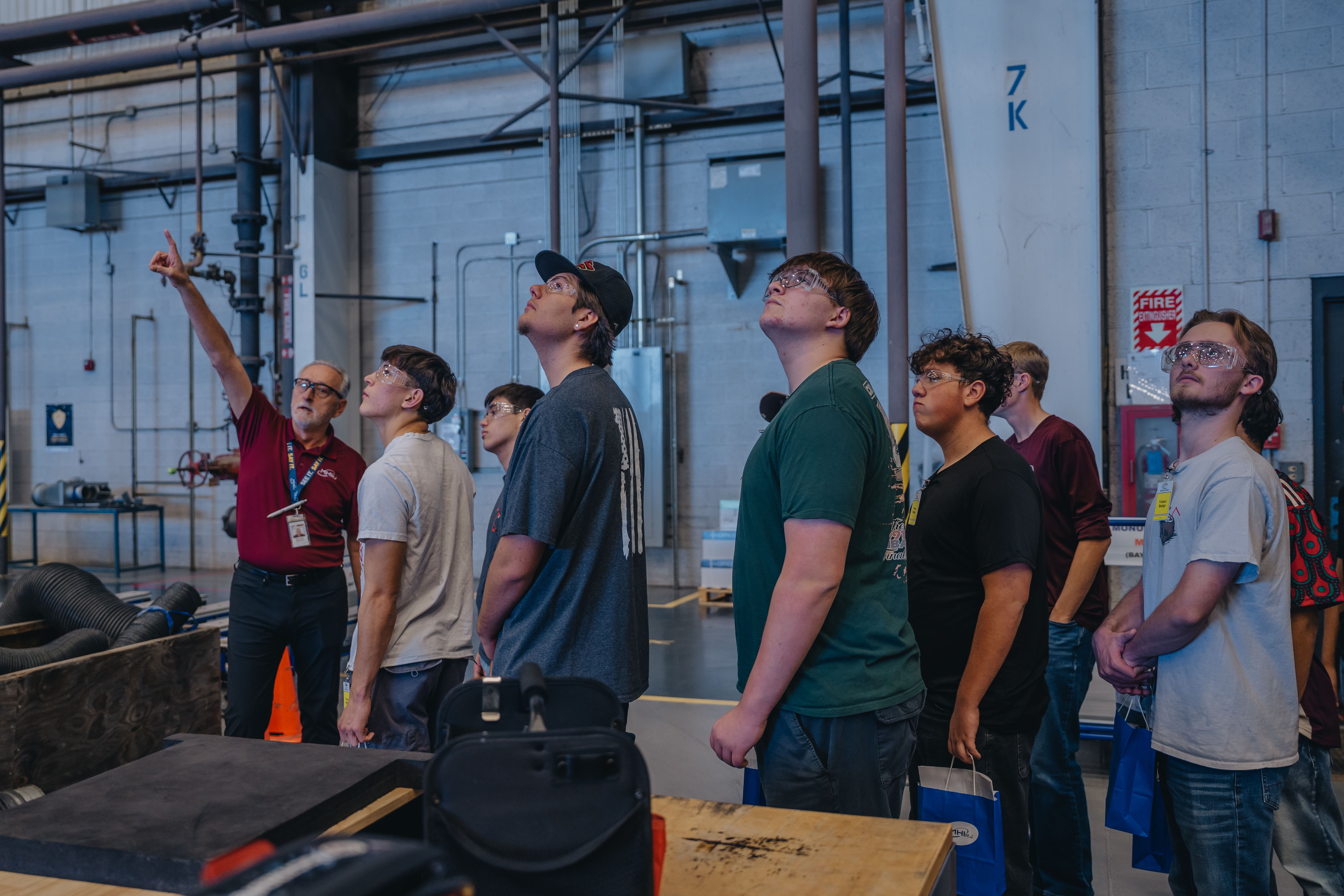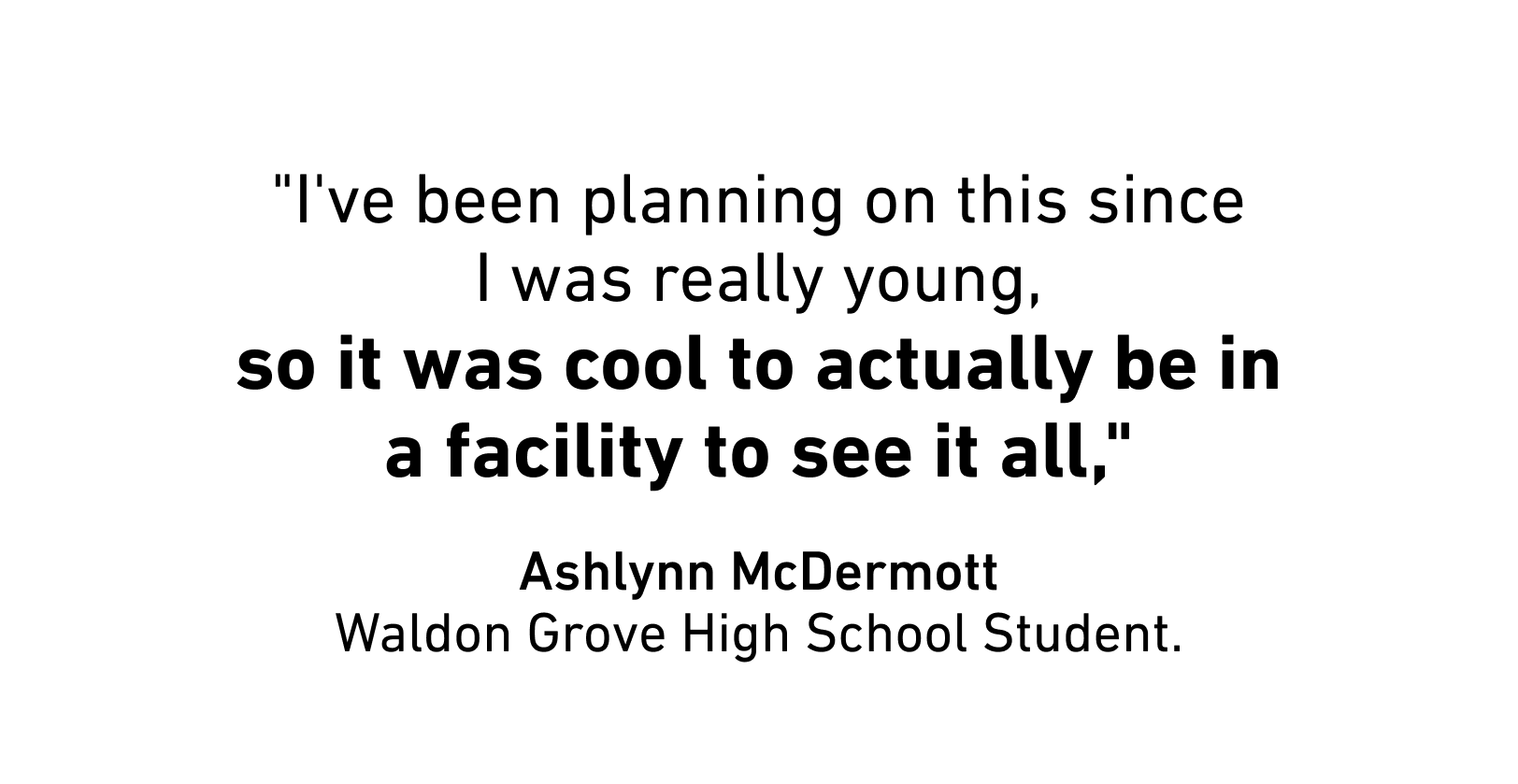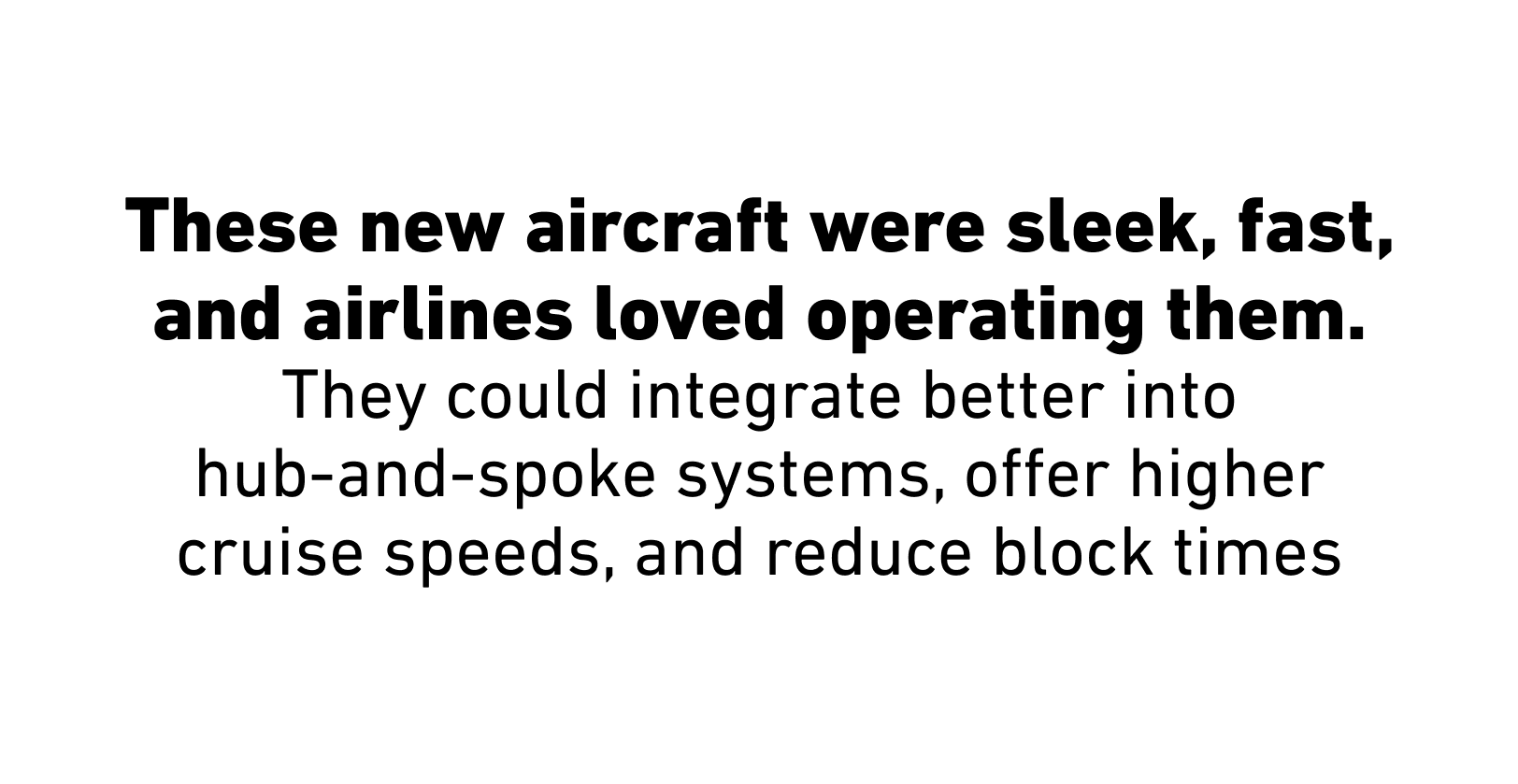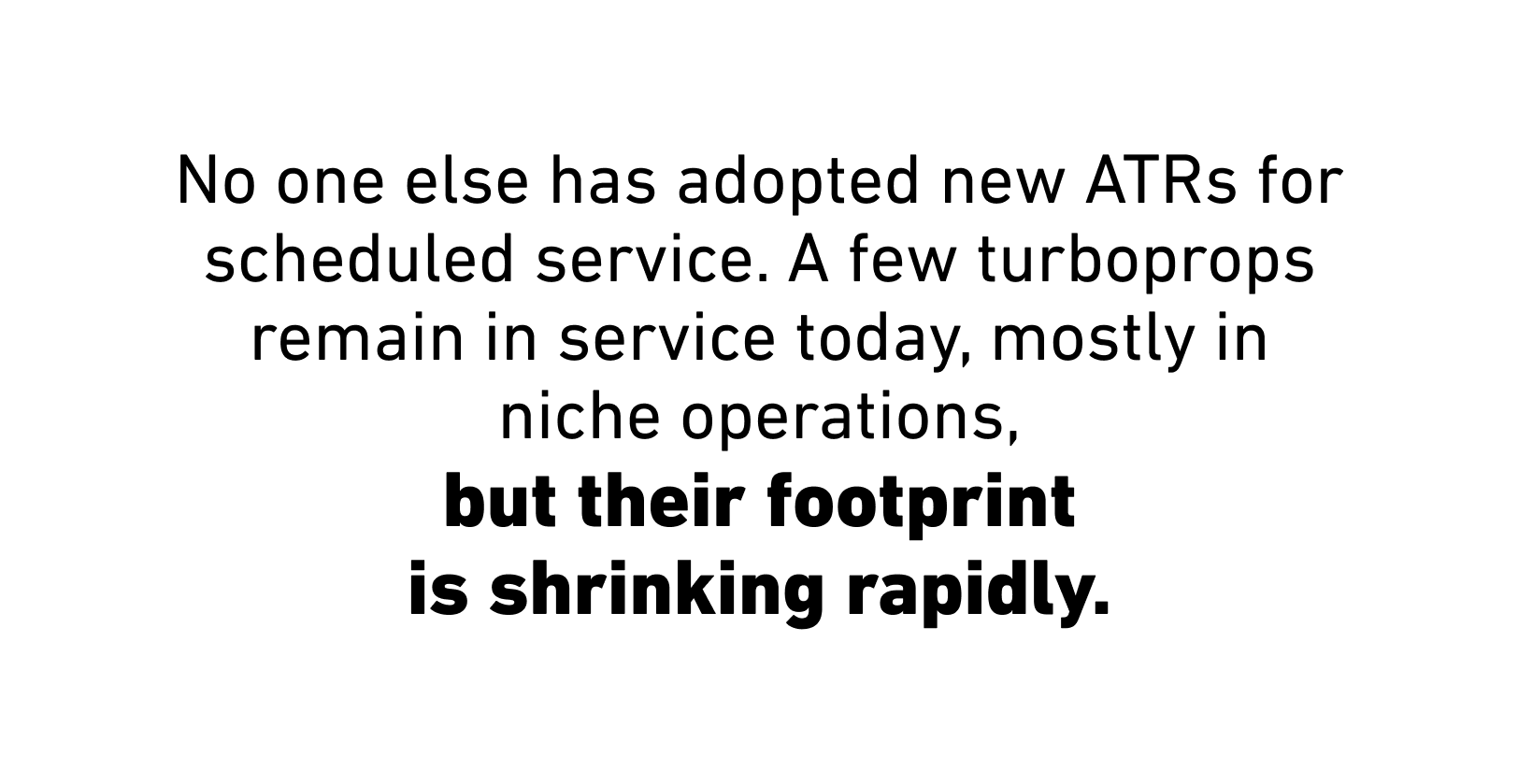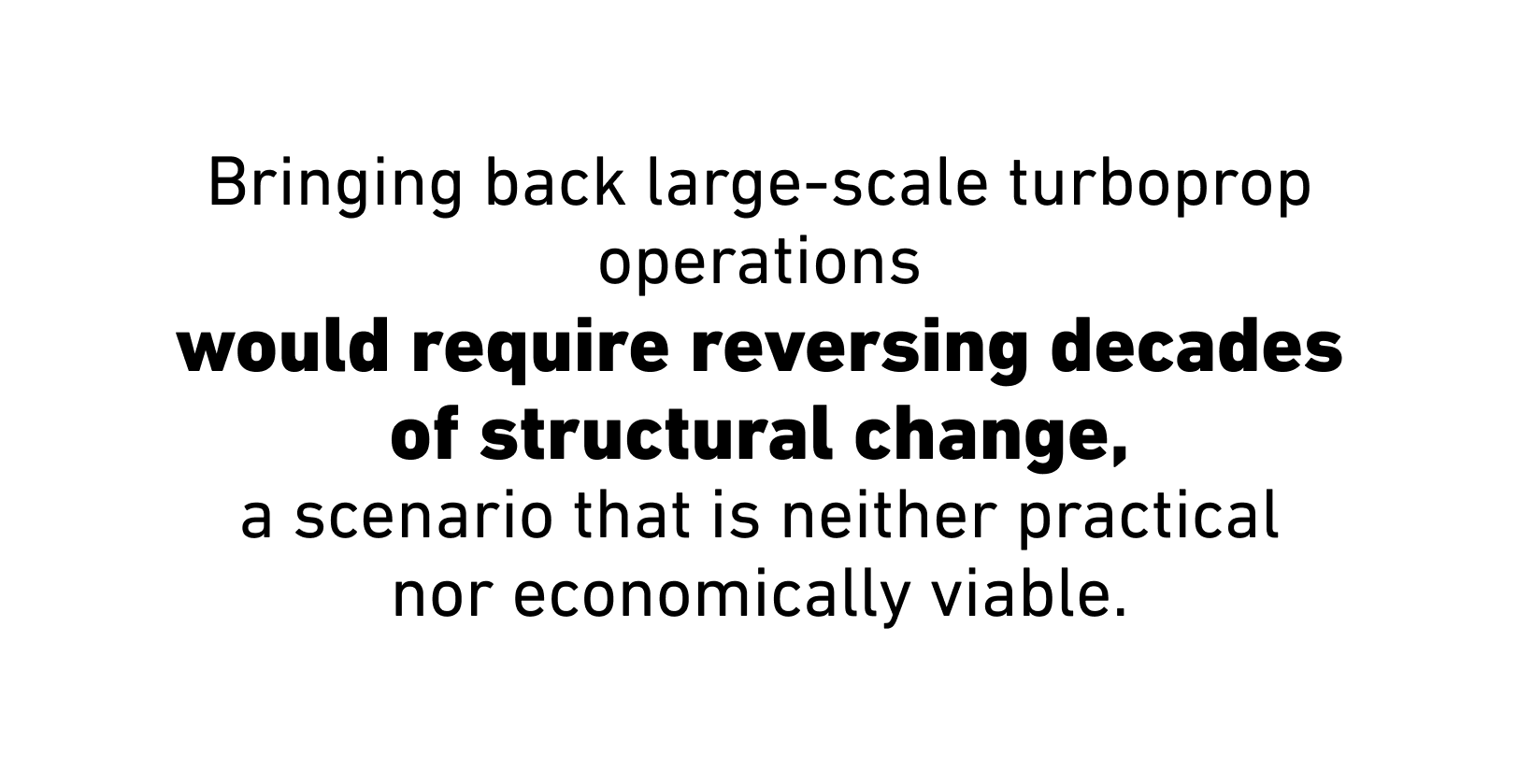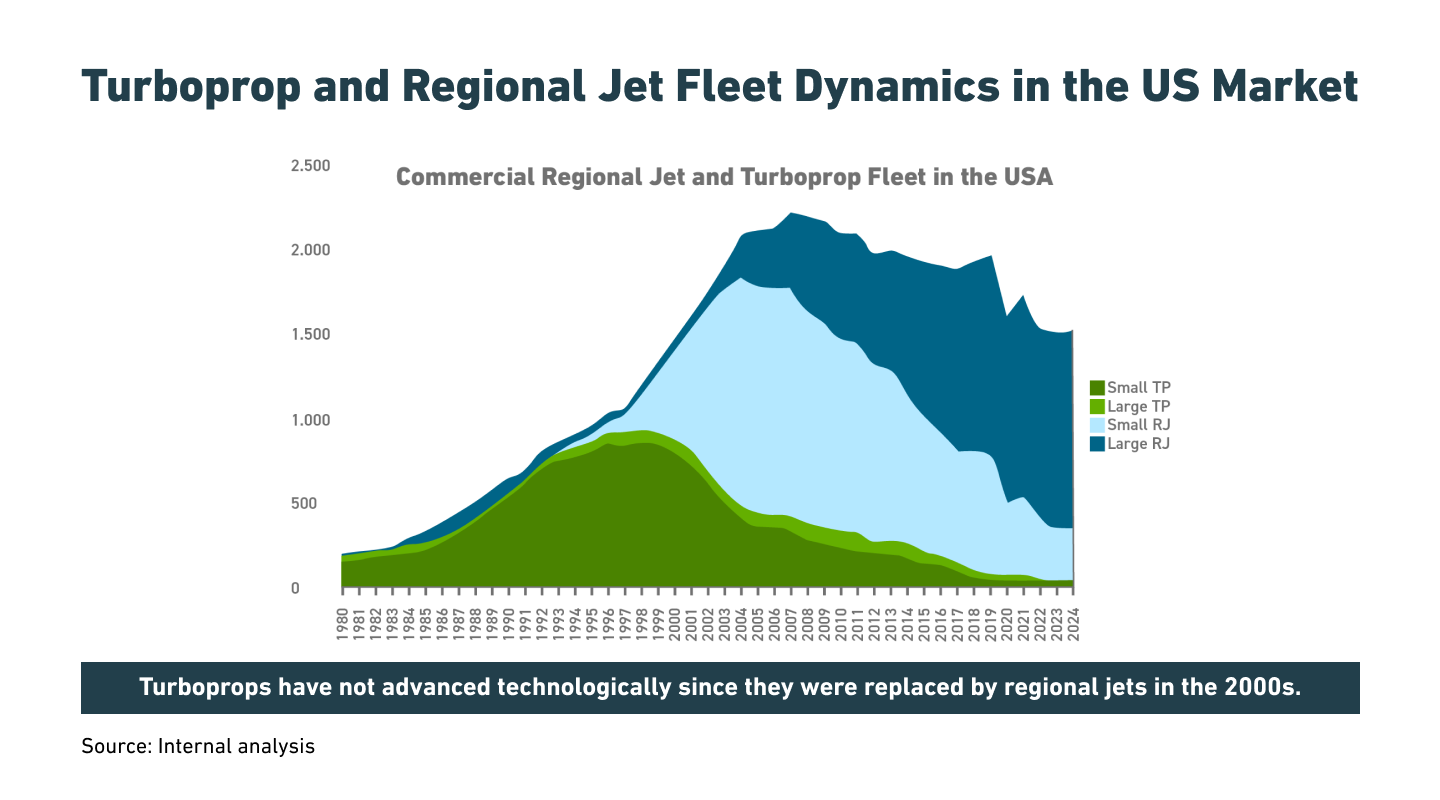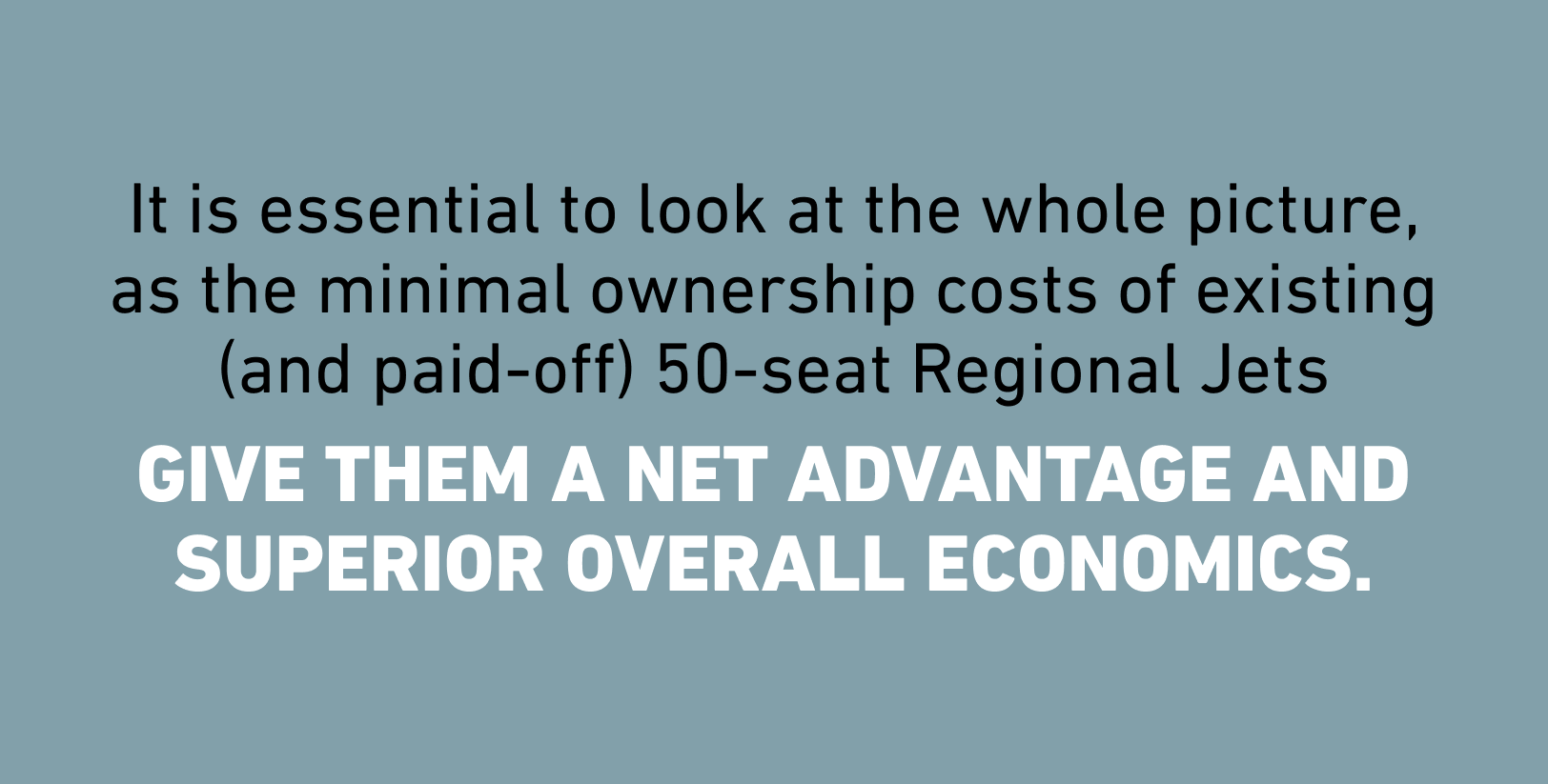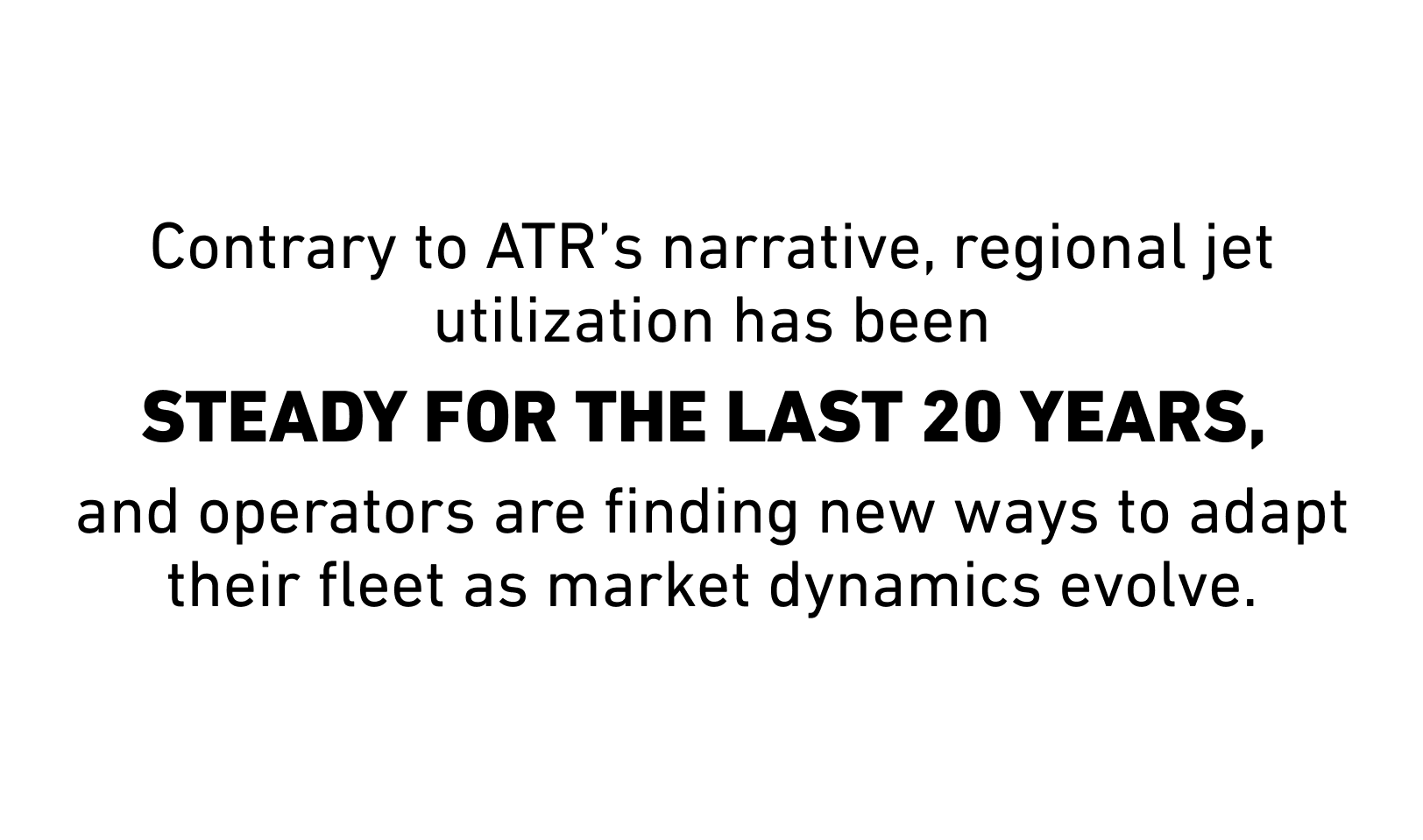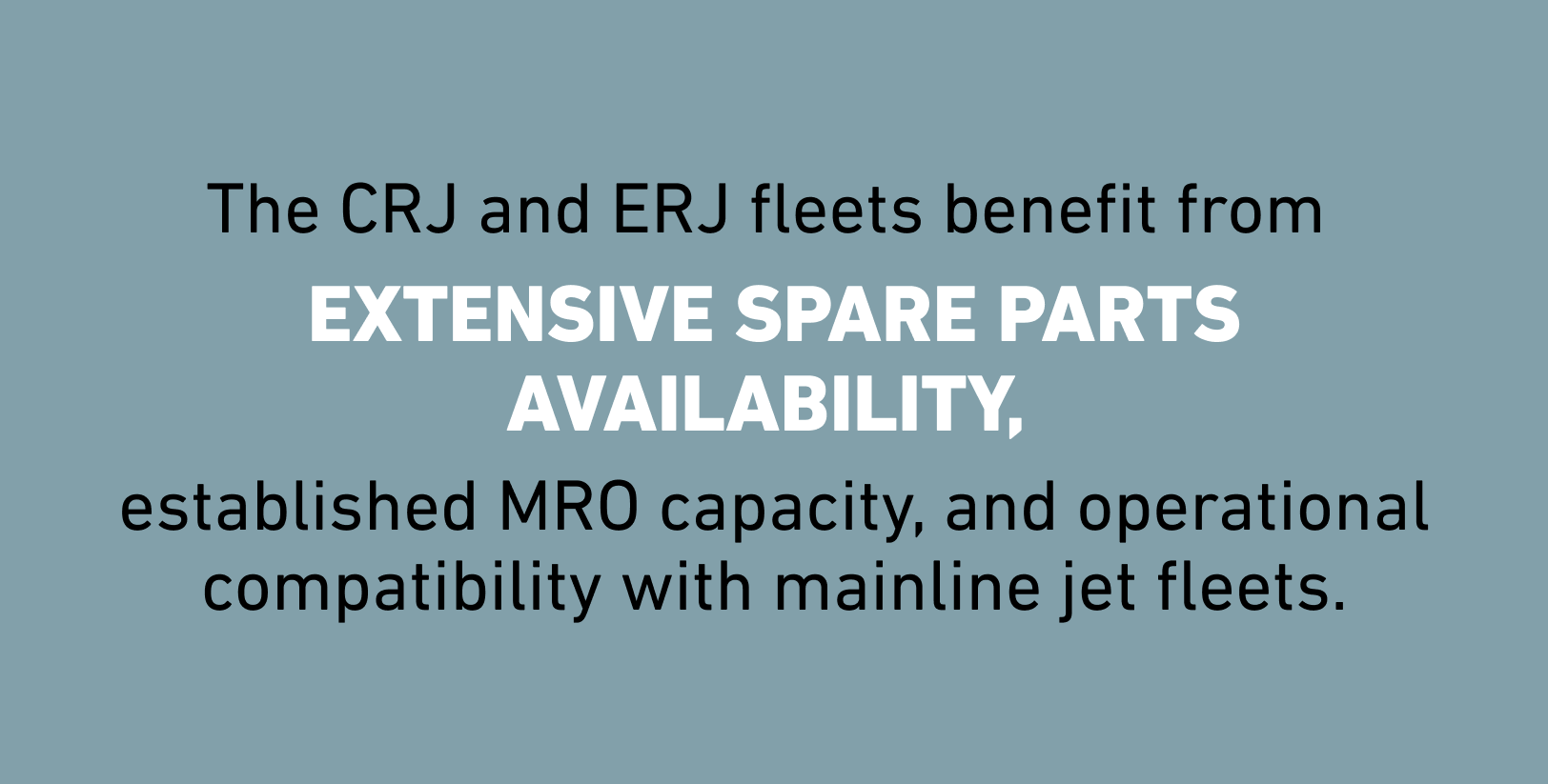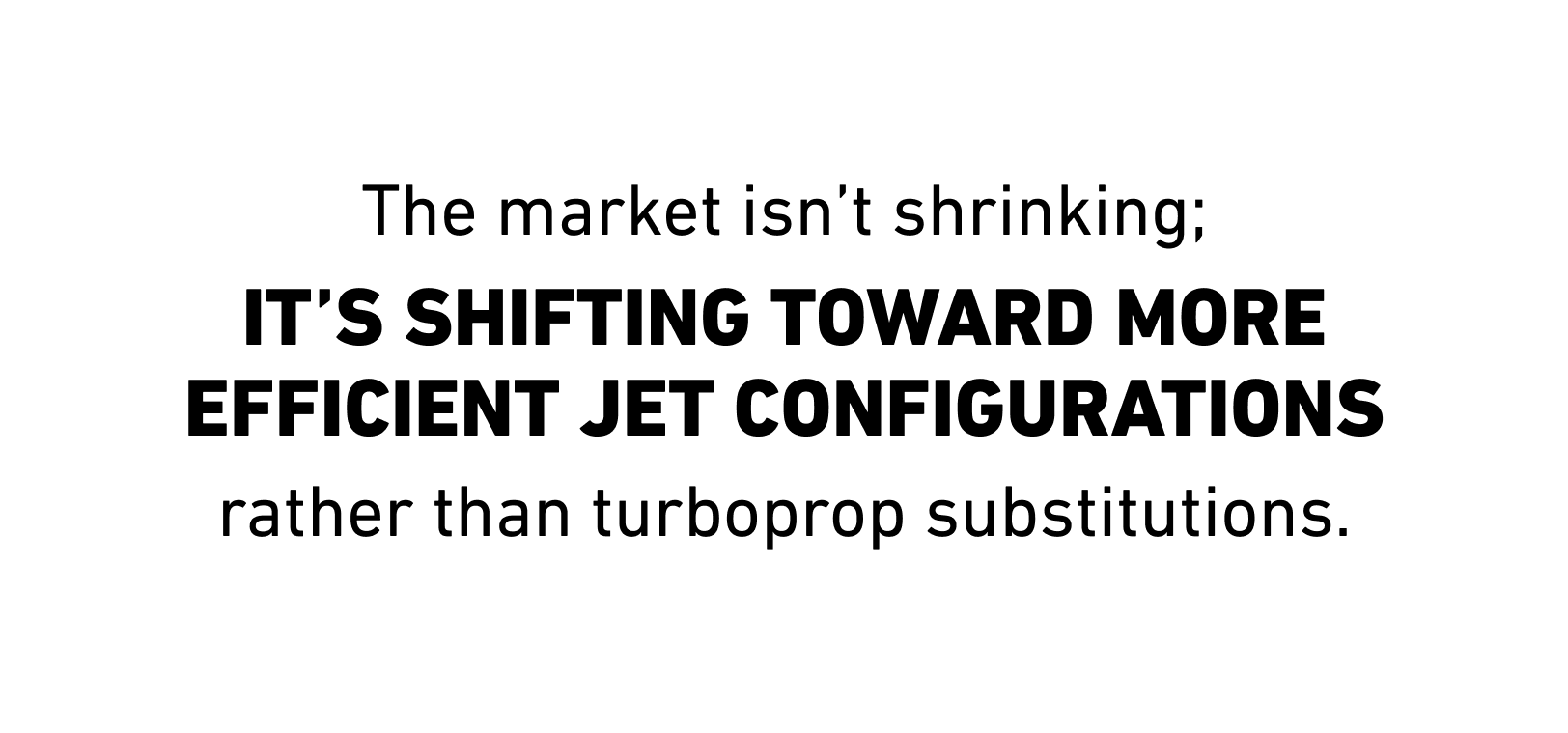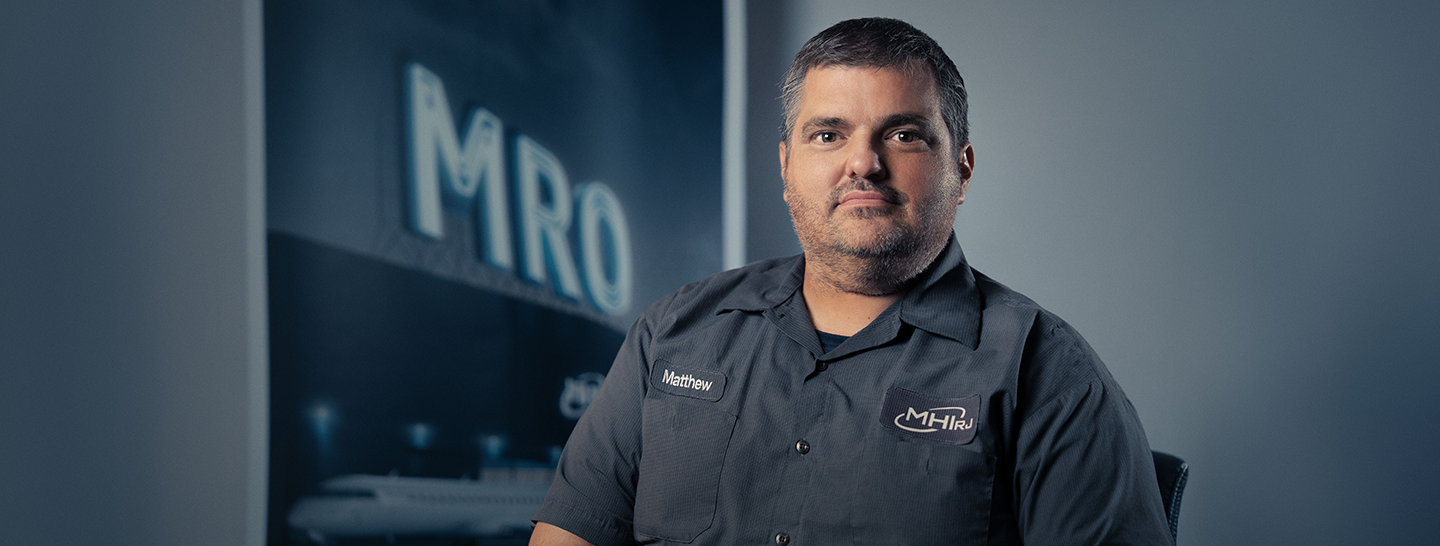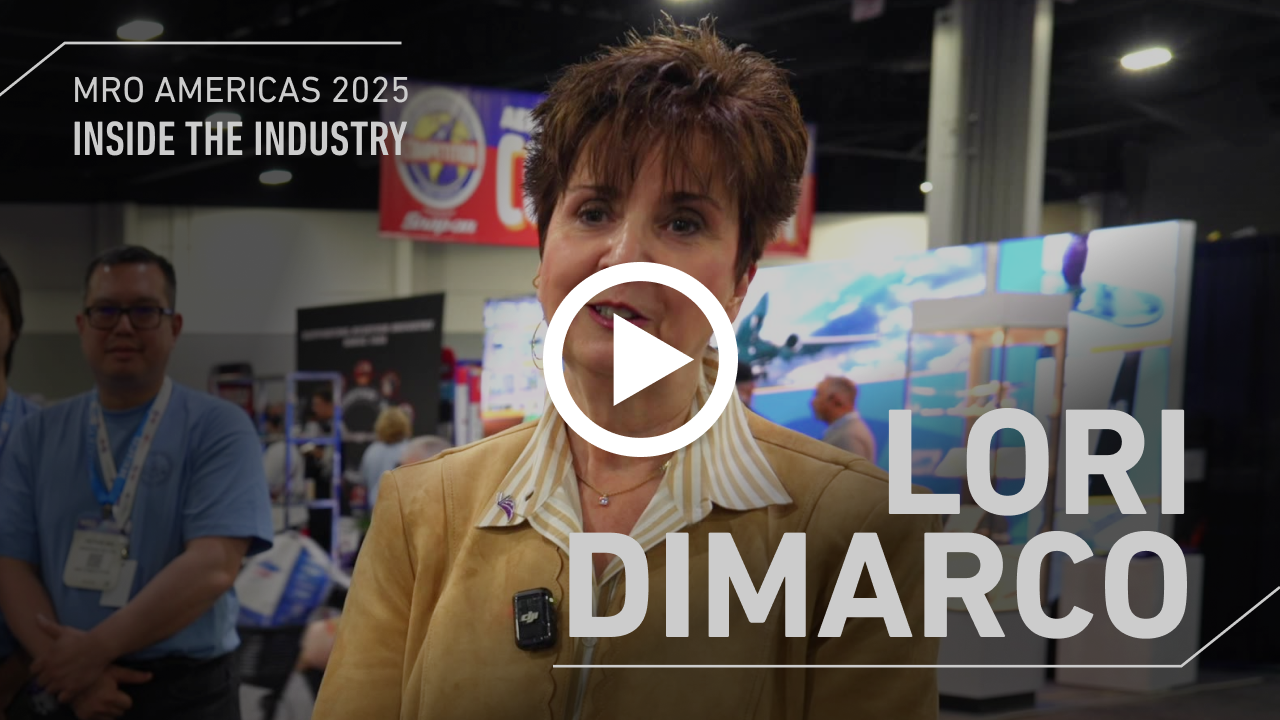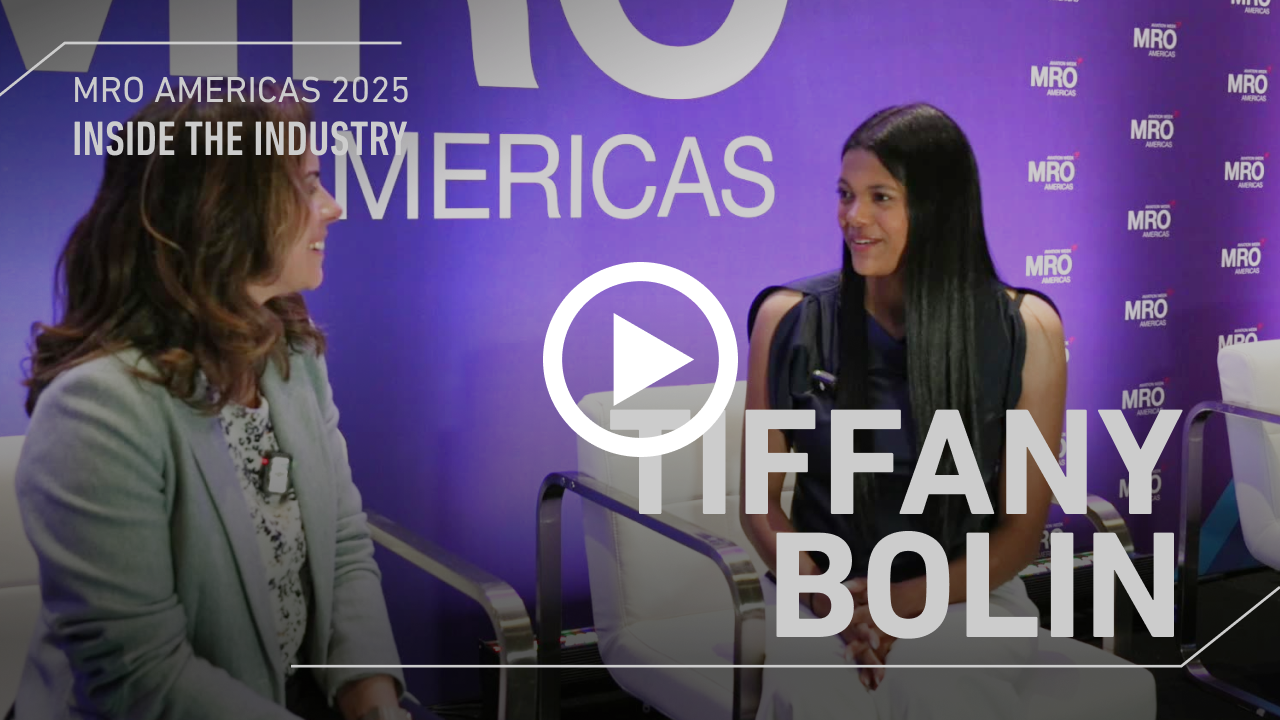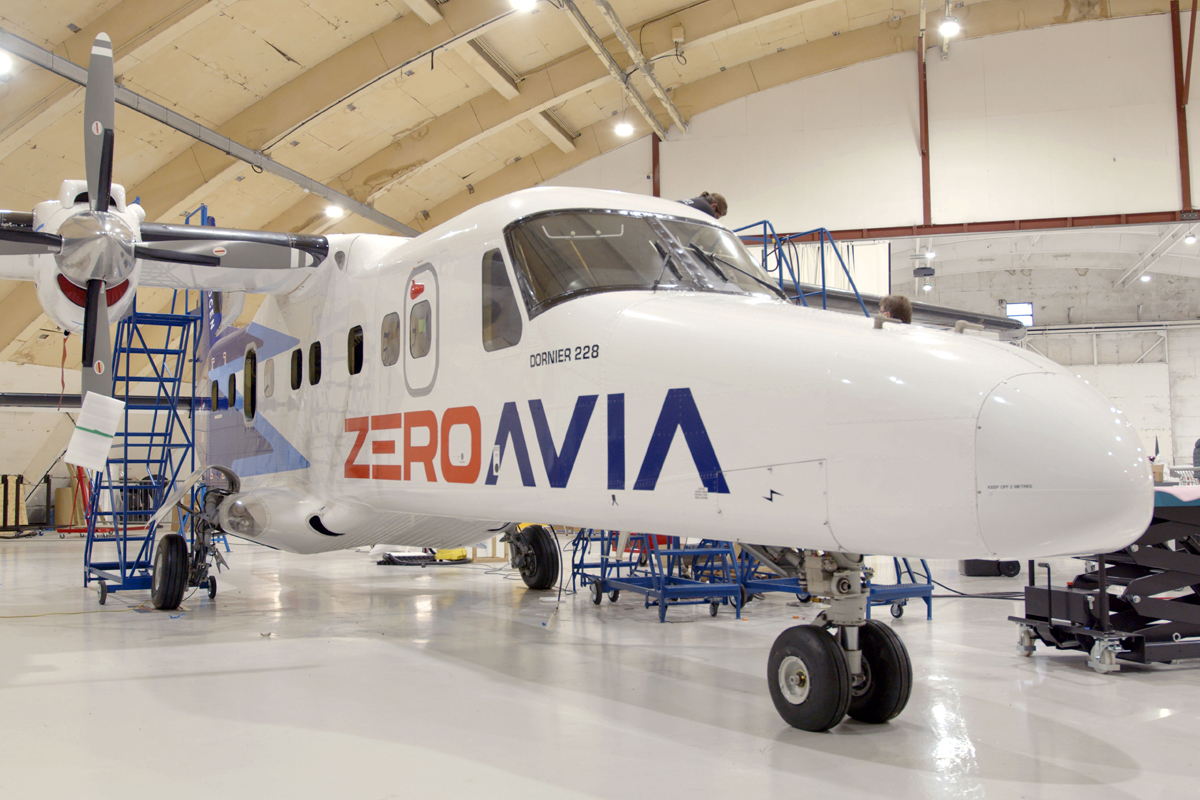
FLYING GREEN INTO THE FUTURE

Emerging technologies are reshaping flight. Thanks to blockchain technology, augmented reality, robotics, artificial intelligence, amongst a few, aviation is growing in a new direction and is more exciting than ever. Like many industries critical to modern life, the aviation sector is focusing its efforts on leveraging technology to reduce carbon emissions to net-zero. The ultimate goal is to become “green” by 2050.
BRINGING NEW IDEAS IN SUSTAINABILITY TO THE MARKET
At MHIRJ, we are continuing that journey by helping innovators get their ideas to the market and be at the forefront of innovative and sustainable developments. Nowhere is this commitment more evident than in MHIRJ’s agreement with ZeroAvia, a leading innovator in hydrogen-electric propulsion for aviation. Together, MHIRJ and ZeroAvia will design and develop zero-emission propulsion technology for regional jet applications.
“ZeroAvia is positioning themselves to become a next-generation engine manufacturer. We hope they are going to have the biggest success in selling this engine to every aircraft OEM that is compatible with the engine,” said Elio Ruggi, Senior Vice-President, Head of Aircraft Development and Quality at MHIRJ.
“We have over 30 years of experience in the regional market, and we know what an aircraft requires, and the full product life cycle requirements. So, our support is going to be both technical and operational in nature.” MHIRJ will provide design and engineering services toward the certification of the engines, as well as advisory services to evaluate the feasibility of a green retrofit program for regional aircraft.
“We believe that in the future almost every aircraft in the world will be powered by hydrogen-electric engines, simply because it is the most viable and scalable method for eliminating carbon and to cut the other harmful emissions from the aviation sector,” said Val Miftakhov, CEO, ZeroAvia. “This collaboration with MHIRJ is a significant milestone for us and the aviation industry.”
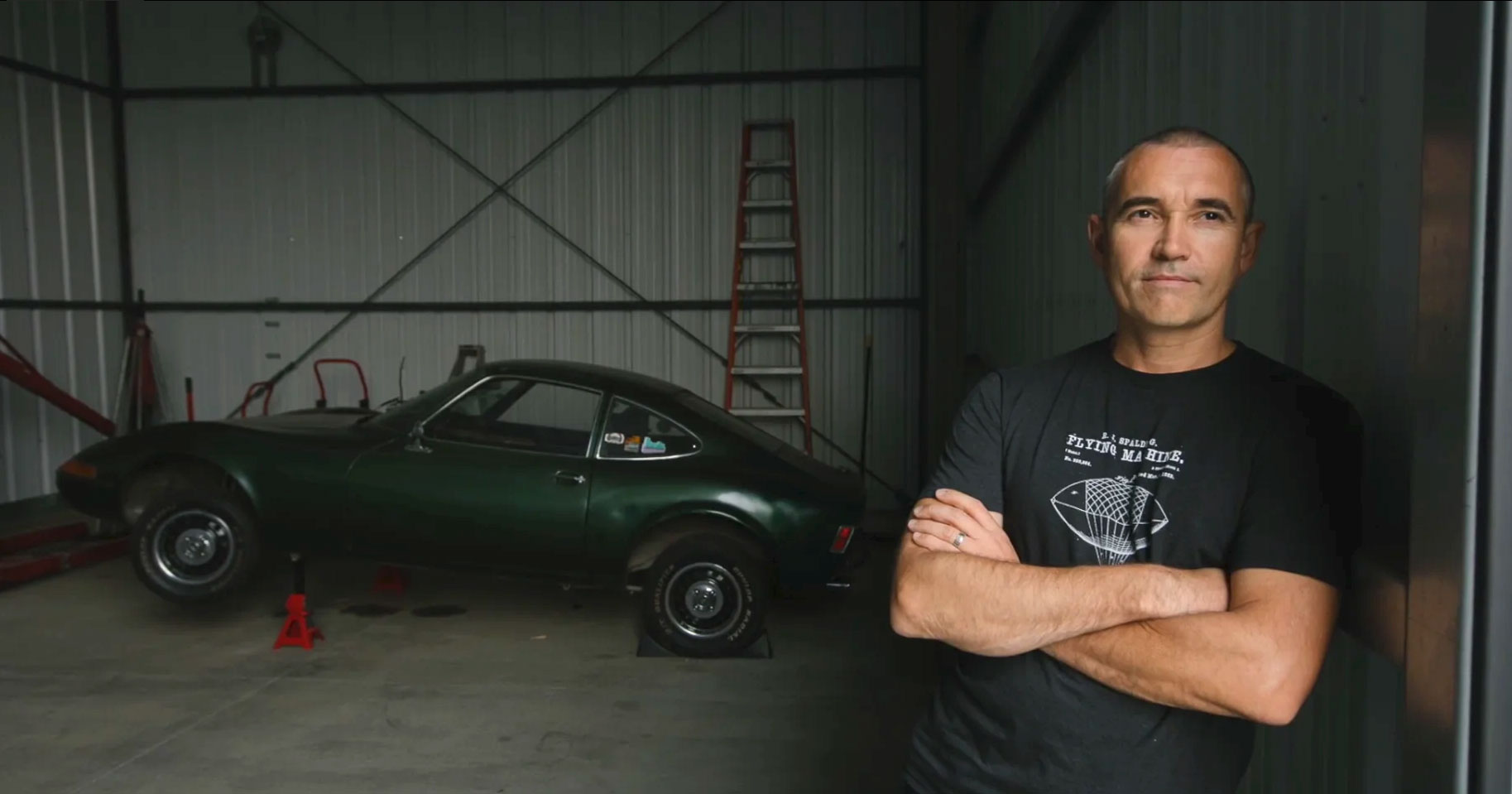
“We’re going to help ZeroAvia design and certify a right size engine that’s not too big, too heavy, or too expensive, but optimized just right for flight, weight, and operating costs.”
Hydrogen is 3 times better than jet fuel in terms of energy per kilogram. The most efficient way to convert that energy into propulsion, hydrogen-electric engines represent the best approach for aircraft propulsion.
LEVERAGING MHIRJ’S UNIQUE EXPERTISE AND EXPERIENCE
Bringing this to market with MHIRJ is an ideal fit. At the MHIRJ Aerospace Engineering Center, project teams are being set up to leverage their vast set of skills and expertise. That includes bringing multiple aircraft to certification and valuable experience in CAA/FAA/ EASA jurisdictions. ZeroAvia is looking to partner with MHIRJ across the board to bring their innovation to market and to certify the airframes; not only for regional jet airframes, but for other applications in addition to CRJ series aircraft. As a result, this marks a crucial step in ZeroAvia’s progress and entry into a wider market. A recognized leader in zero-emission aircraft propulsion focused on hydrogen-electric power, ZeroAvia has completed more than 35 test flights of a Piper M-class six-seat aircraft using its hydrogen fuel cell powertrain. Currently, it is working to convert a larger 19-seat Dornier 228 aircraft. These powertrains require lower fuel and maintenance costs, and zero emissions that enable sustainable and scalable aviation.
A FASTER FLIGHT PATH TO THE FUTURE
By replacing conventional engines with hydrogen-electric powertrains, MHIRJ and ZeroAvia will enable scalable and sustainable aviation. Retrofitting existing airframes with hydrogen-electric engines provides the best opportunity to quickly get the technology to market. This approach simplifies regulatory issues while a clean sheet design would take more time for certification. In addition, hydrogen fuel cell propulsion suggests no theoretical/ physical limits to prevent us from progressing towards the largest aircraft types that exist today.
CREATING A VERTICALLY INTEGRATED FUEL ECOSYSTEM
Supply chain logistics are key to this innovative solution; therefore, a hydrogen fuel infrastructure will need to be put in place at strategic hubs. ZeroAvia has already worked with partners to develop blueprints on the right airport locations and has commitments from ten operators to fly their engines when ready. The predictability of scheduled aircraft makes it easier to create a fuel infrastructure as the routes are already defined. In the US, there are approximately 150 airports that drive 97% of passenger travel. Contrast that with consumer cars in the US where there are upwards of 400,000 fueling locations.
A MORE ENJOYABLE FLIGHT EXPERIENCE
Aside from the environmental benefits hydrogen-electric powertrains offer, this solution brings new benefits to the passenger flying experience. For example, aircraft noise levels will be much lower as well as vibrations, especially in regional aircraft. And there will be no smell of jet fuel.
What’s more, because hydrogen fuel cells enable an abundant source of electricity onboard aircraft, this technology will bring in more new electrified onboard amenities.
Creating a more sustainable future is a concept that is shared throughout MHIRJ “At MHIRJ we are working with propulsion innovators to ensure that we are at the forefront of such developments and can design solutions to move the world forward,” says Hiro Yamamoto, President and CEO of MHIRJ. “Regional aircraft are key to keeping smaller communities and regions connected and are also more able to exploit the new technologies on the horizon than larger aircraft and, therefore this is a logical place for this development to begin and we are proud to be a part of this innovative solution.”
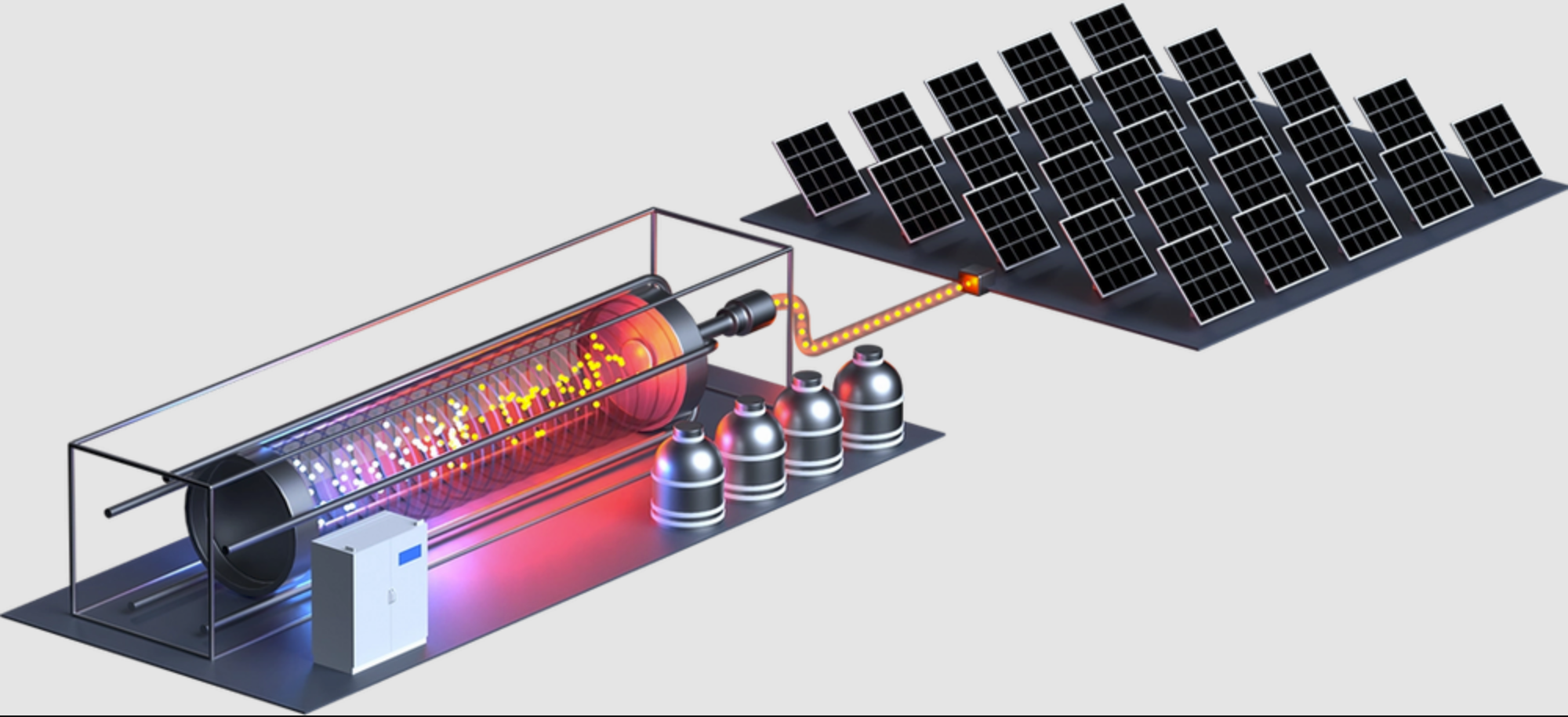
See how the industry can best prepare to lead aviation into a new era of zero-emission flight and how hydrogen is poised to enter service in the coming years. Watch our video featuring Margaret Haswell, Business Development and Maintenance Engineering Manager at MHIRJ. Taken from the 2021 Hydrogen Aviation Summit, Margaret speaks on the challenges as well as opportunities this technology offers and MHIRJ’s role in unlocking zero-emission flight in collaboration with ZeroAvia.
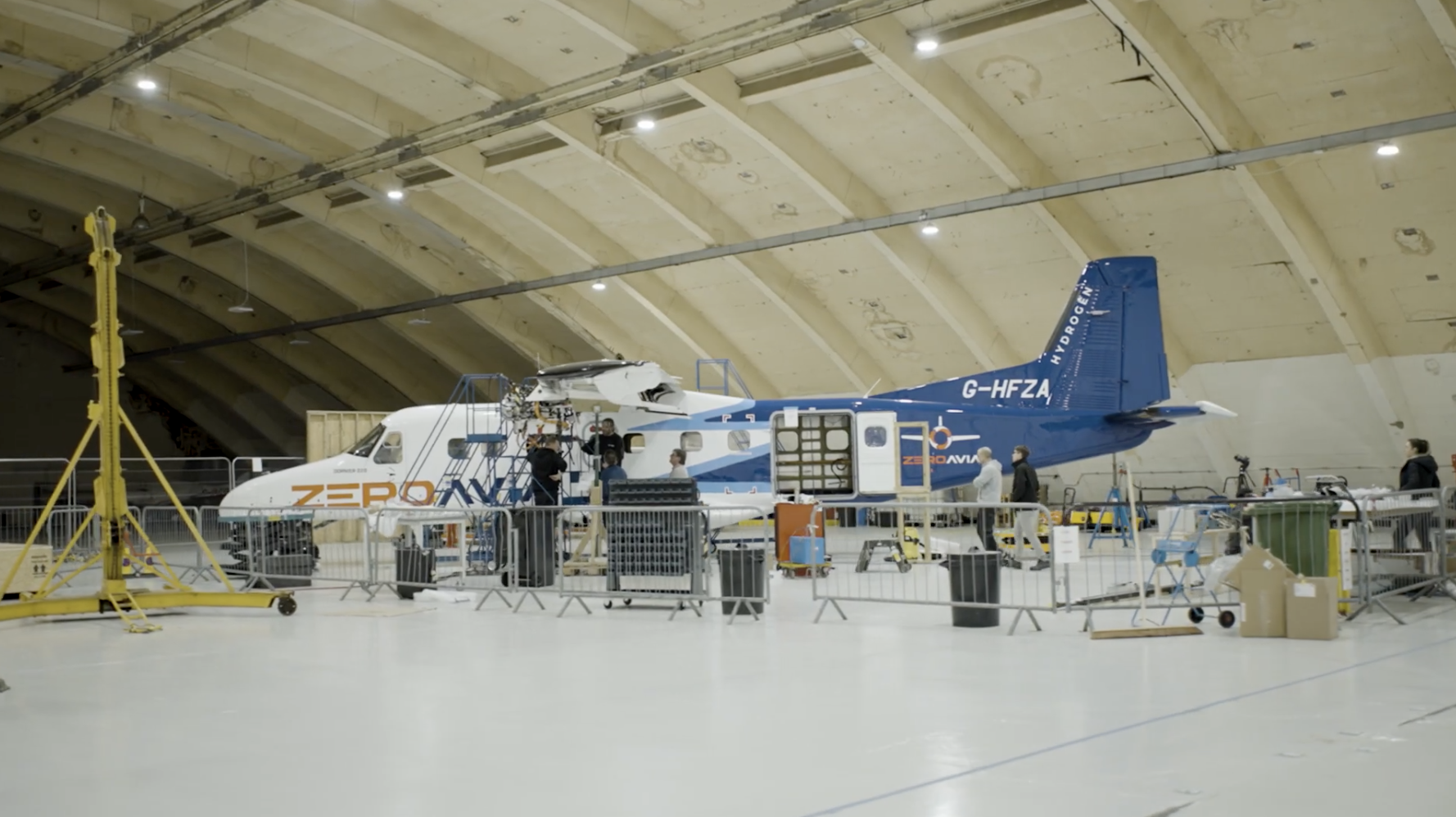
- Log in to post comments

 24
24
